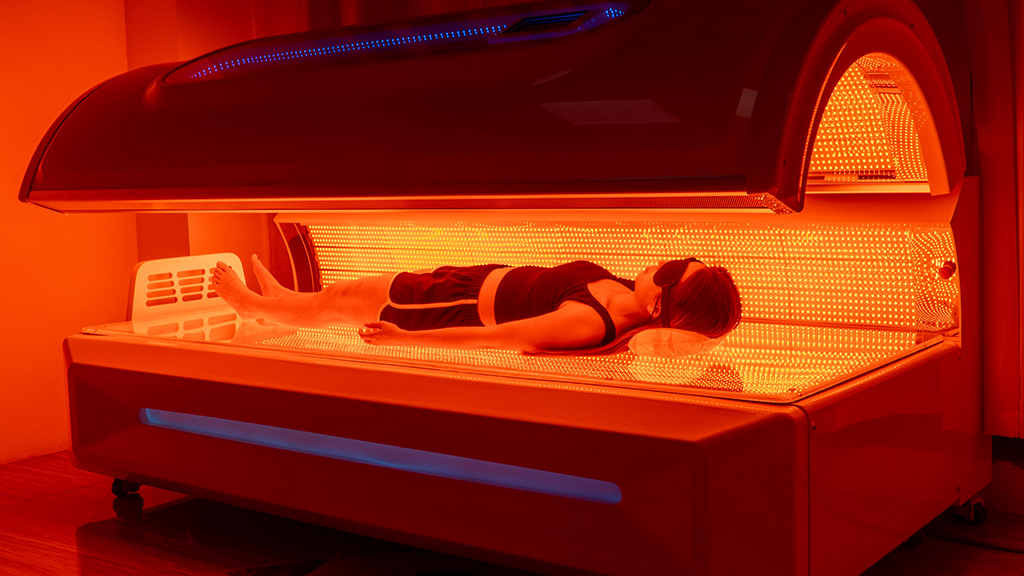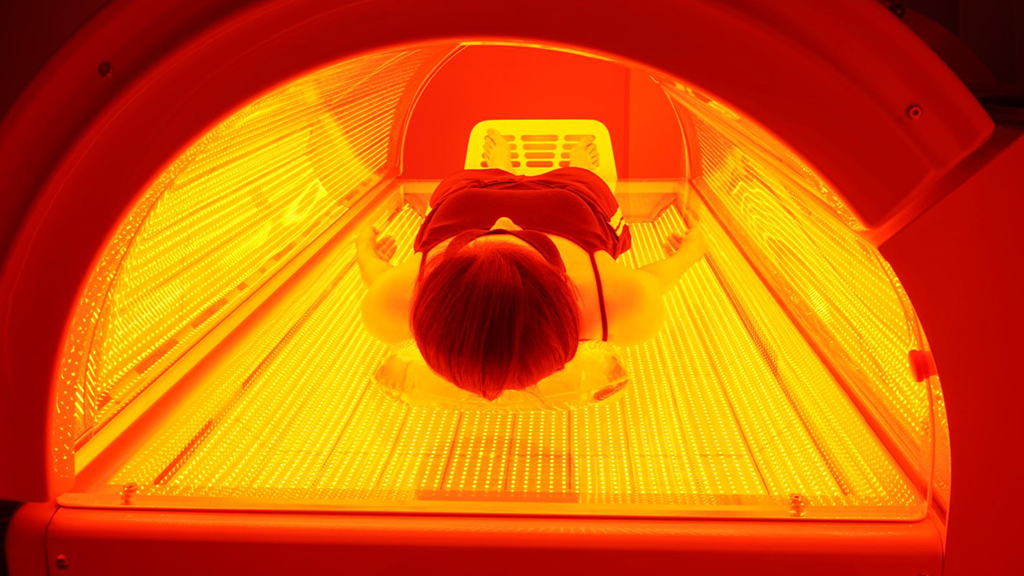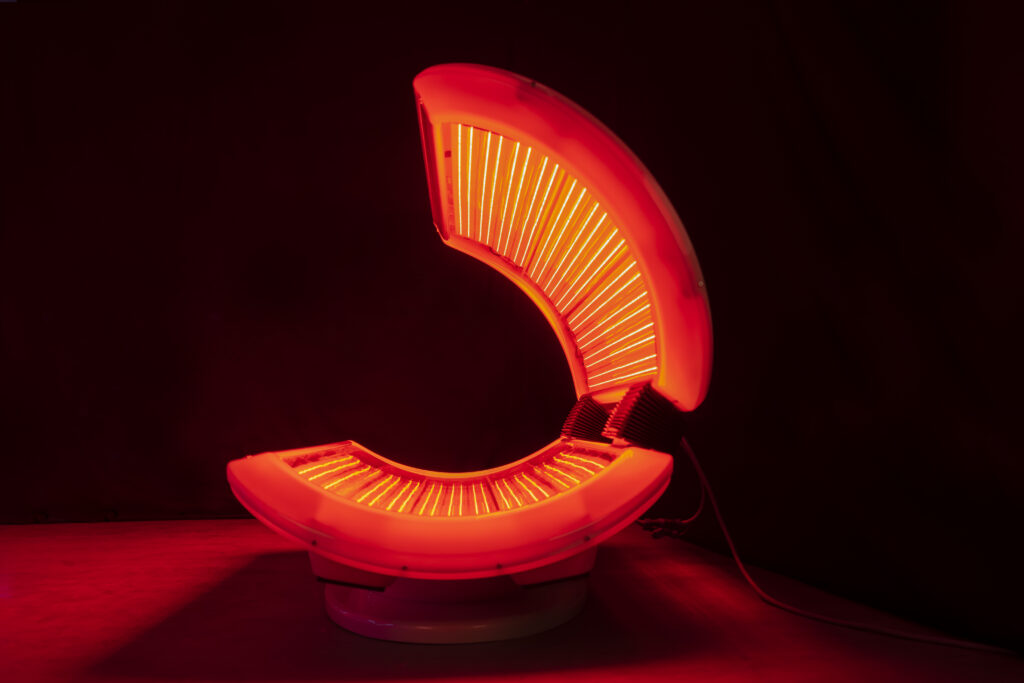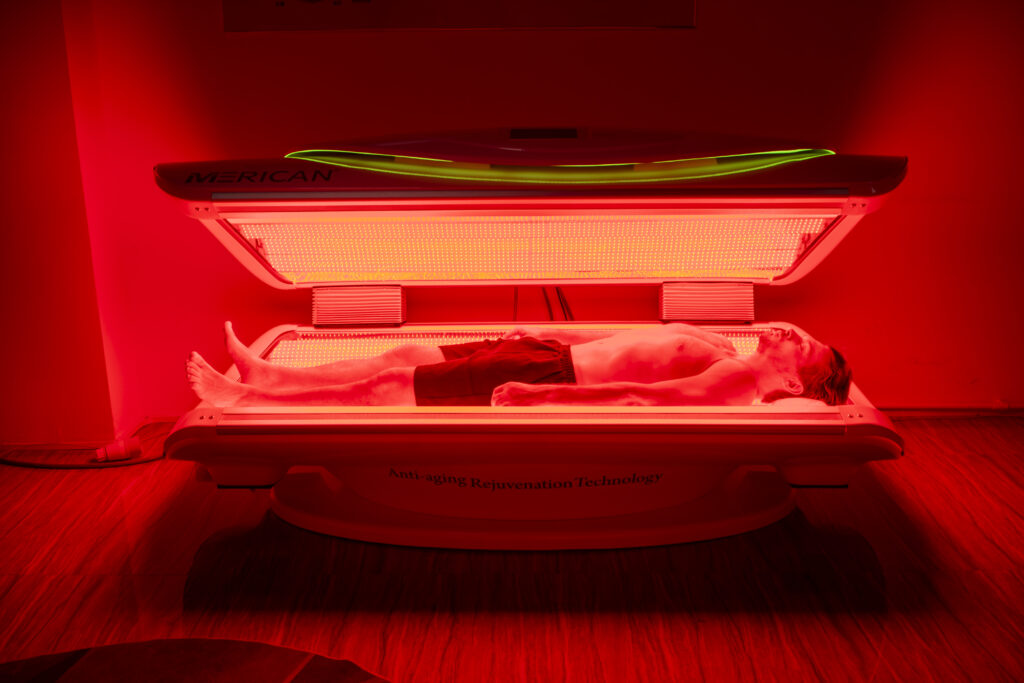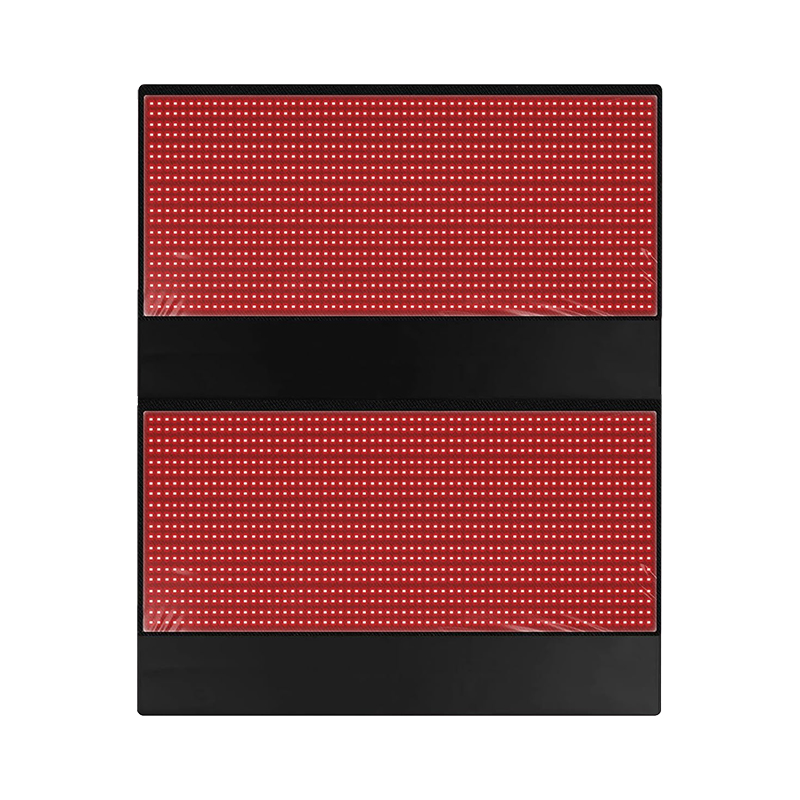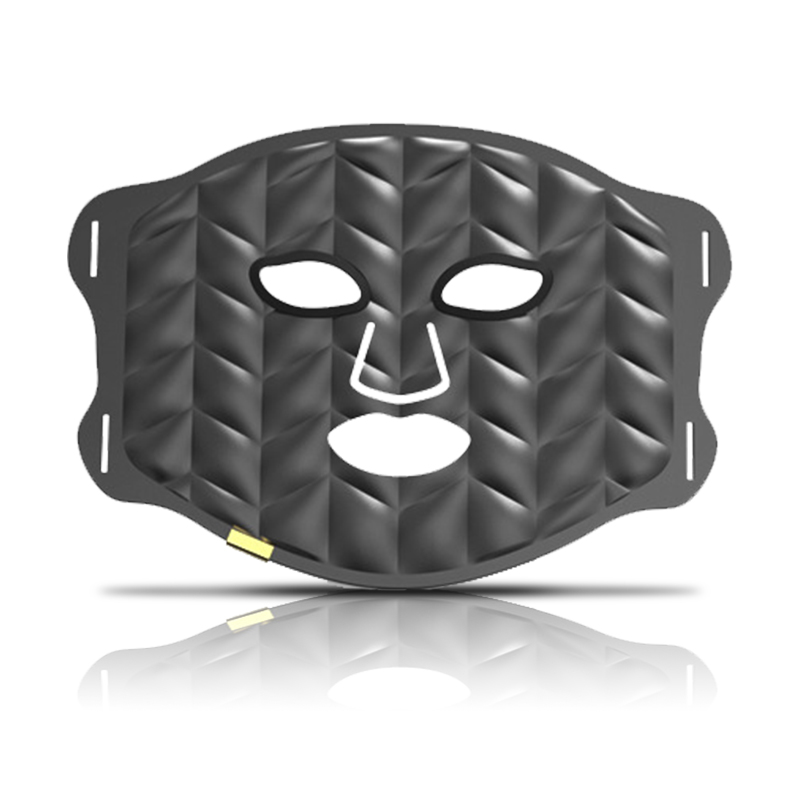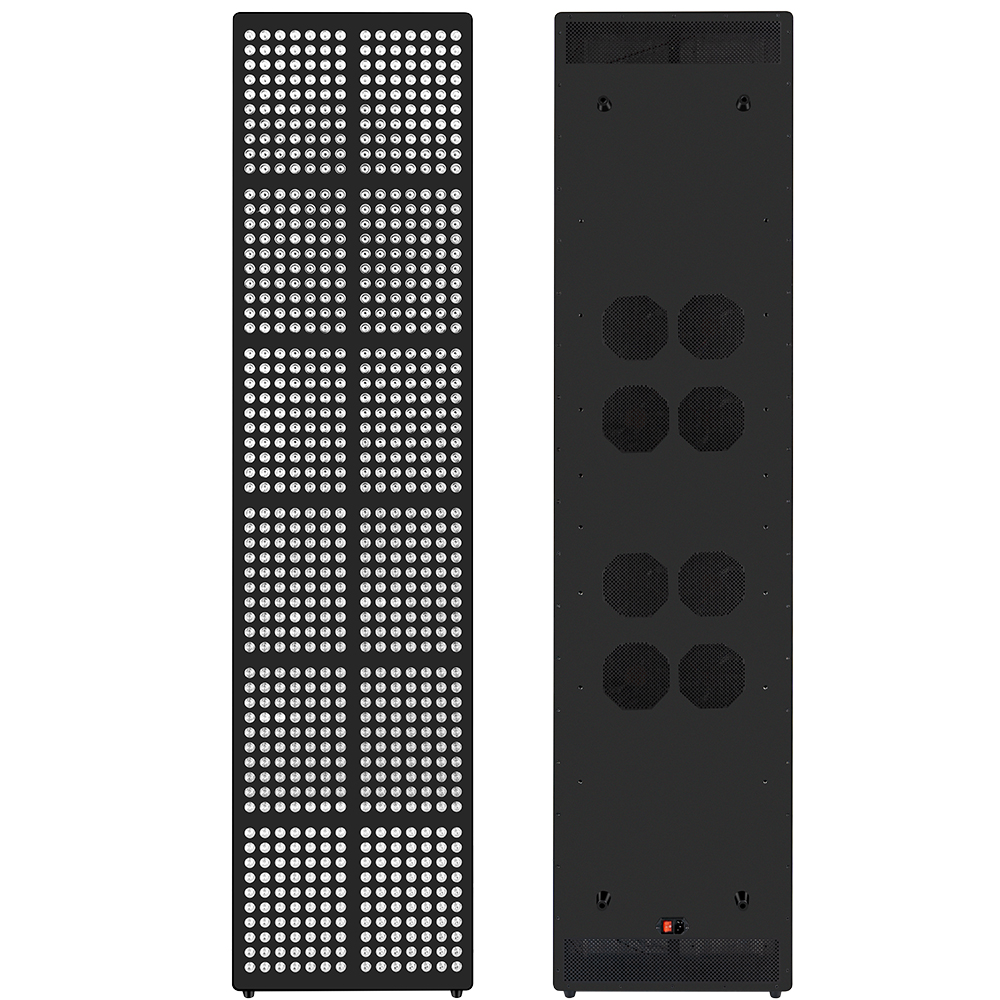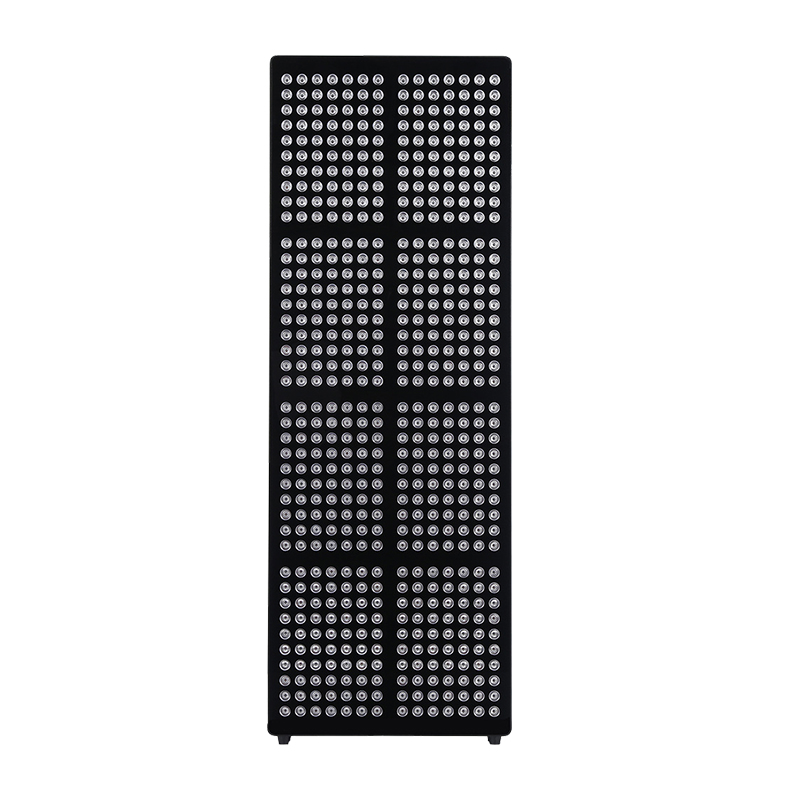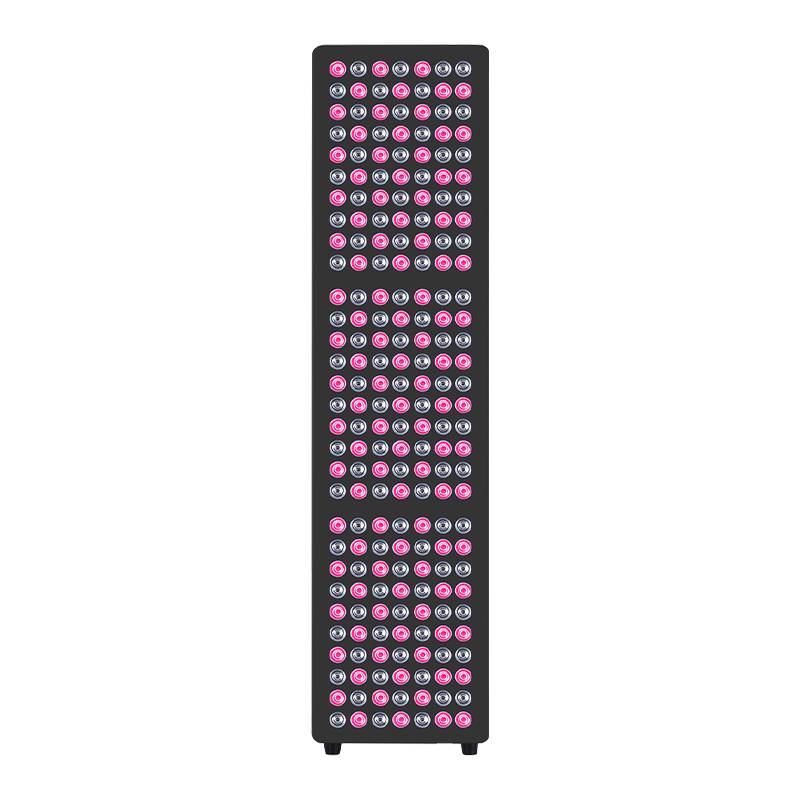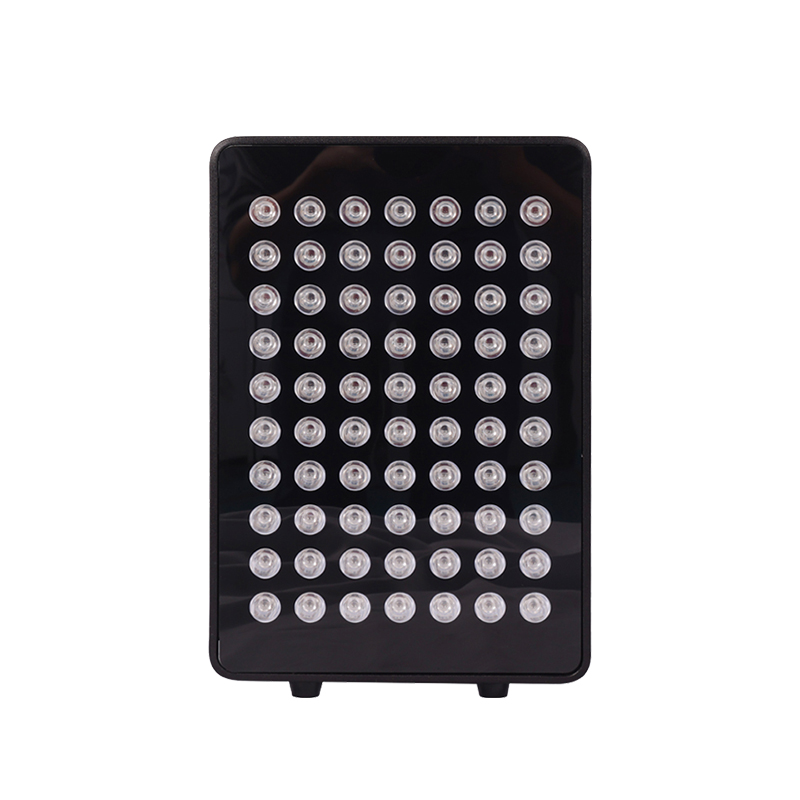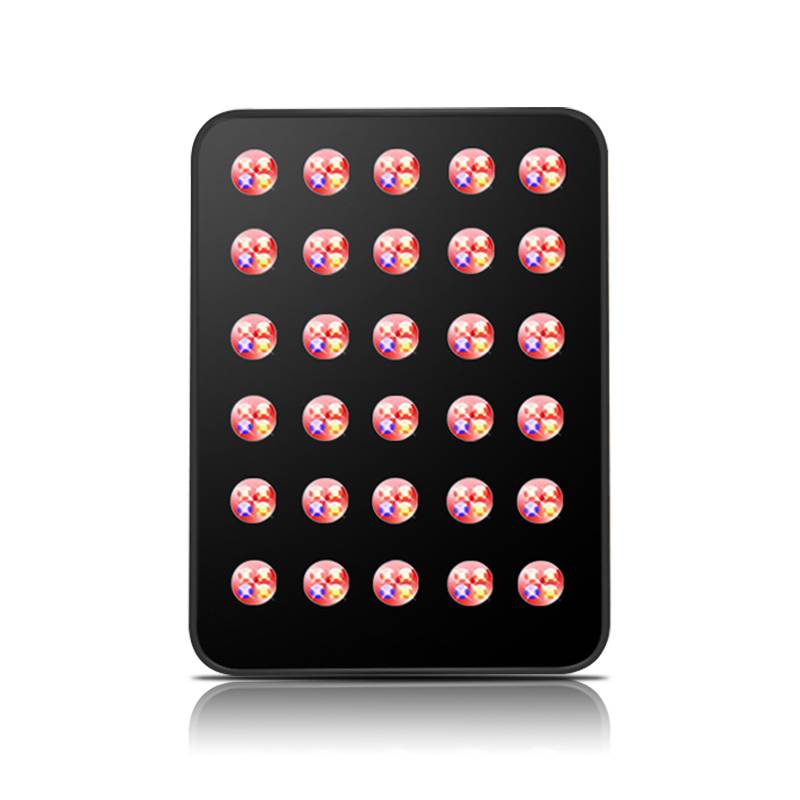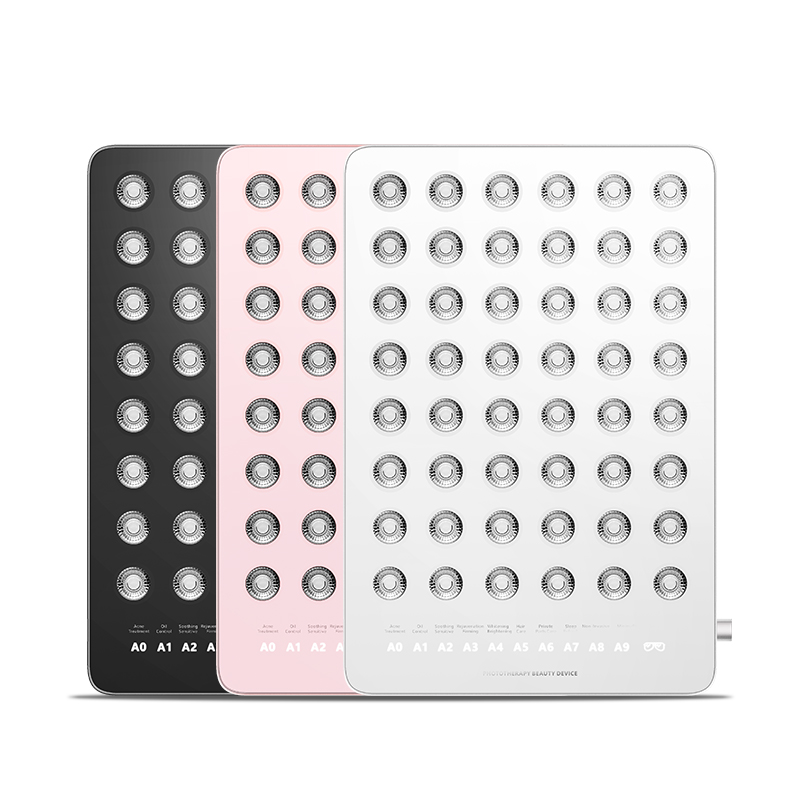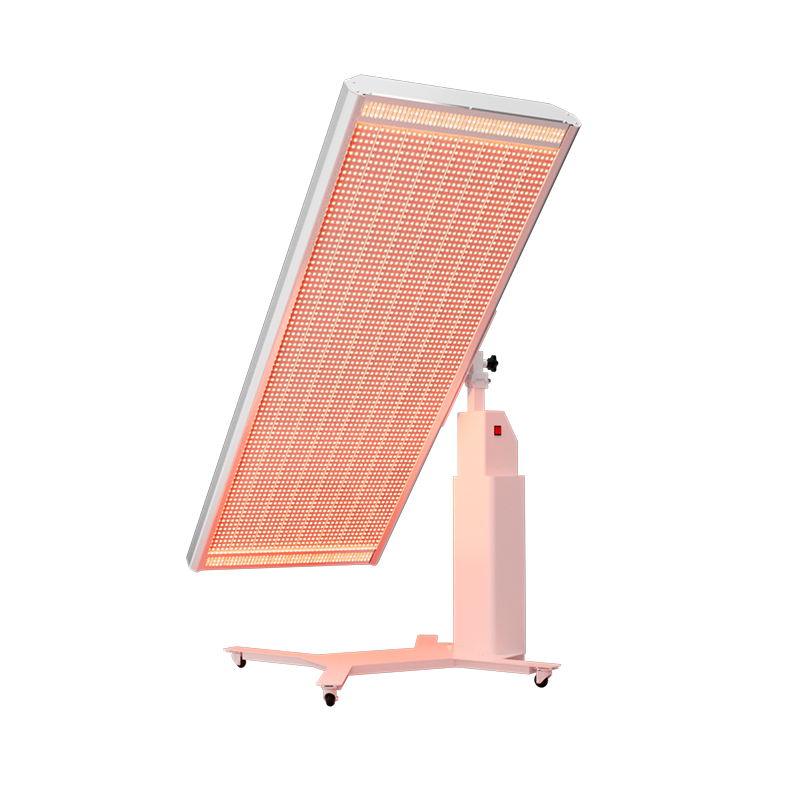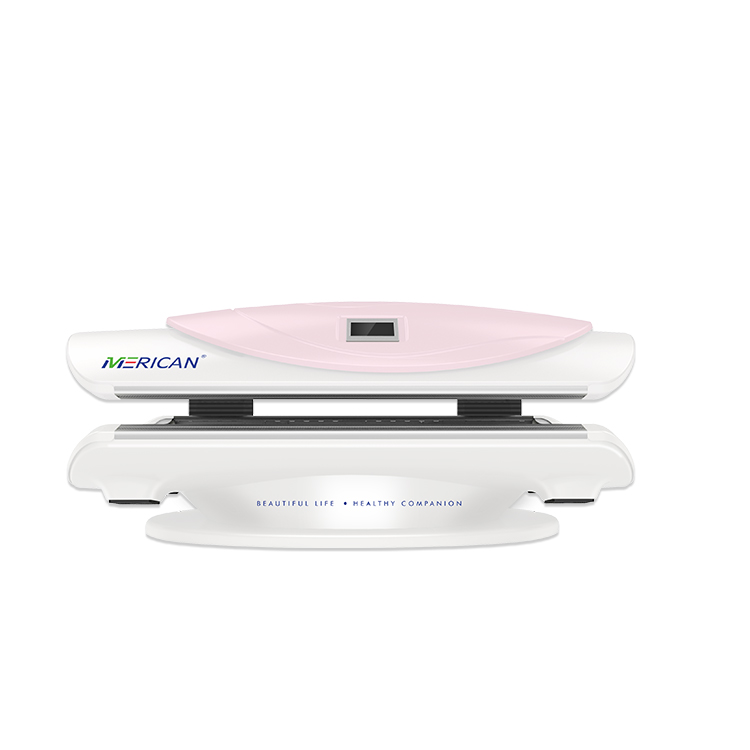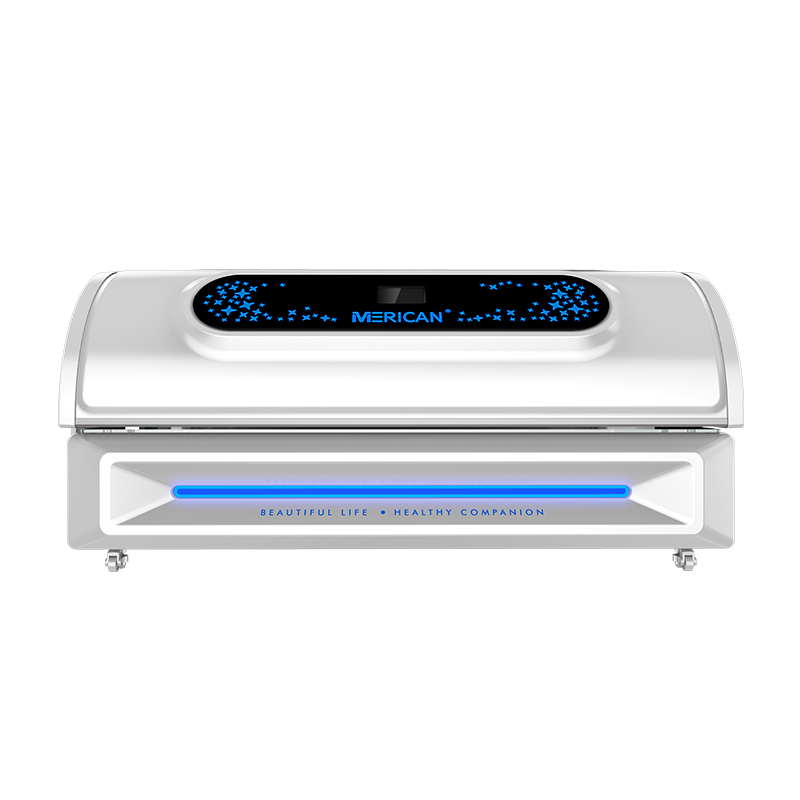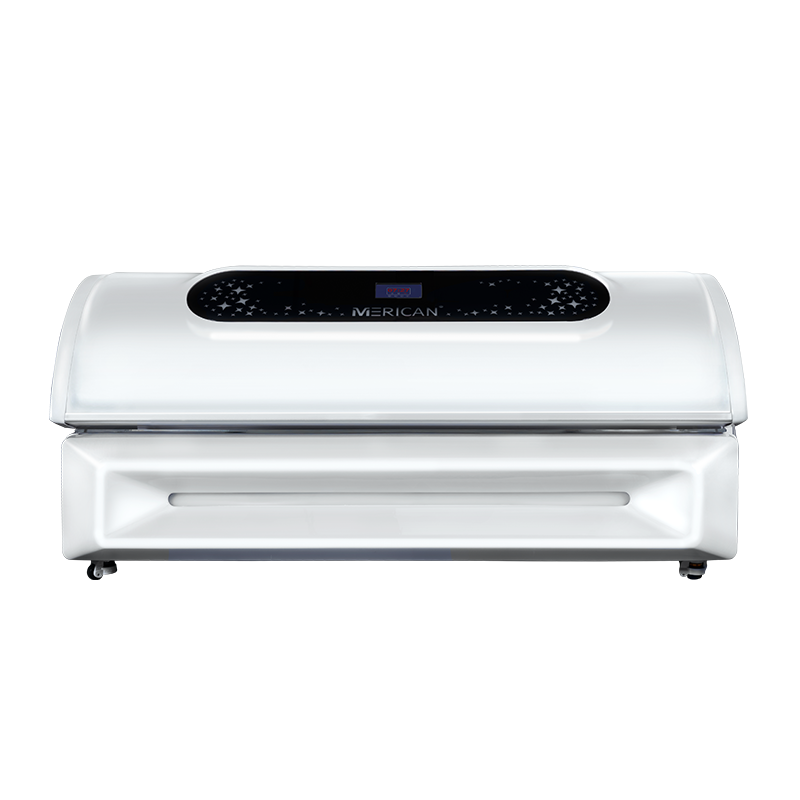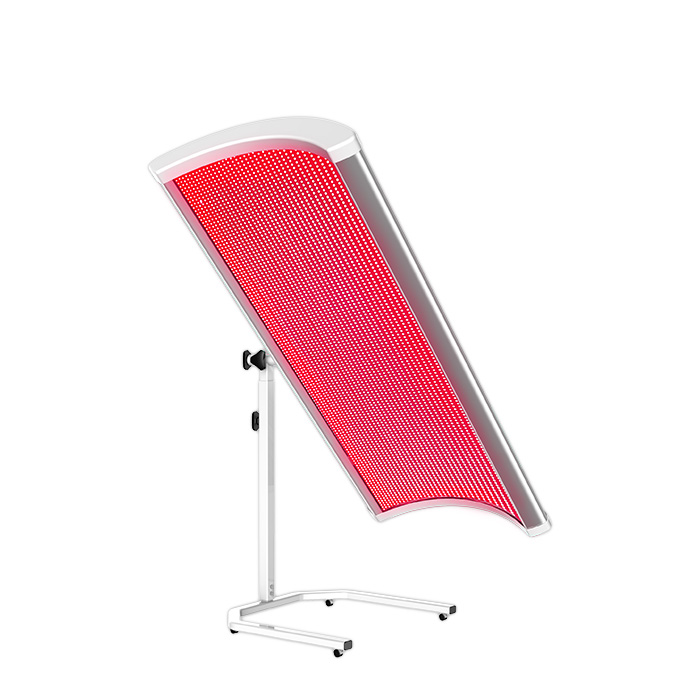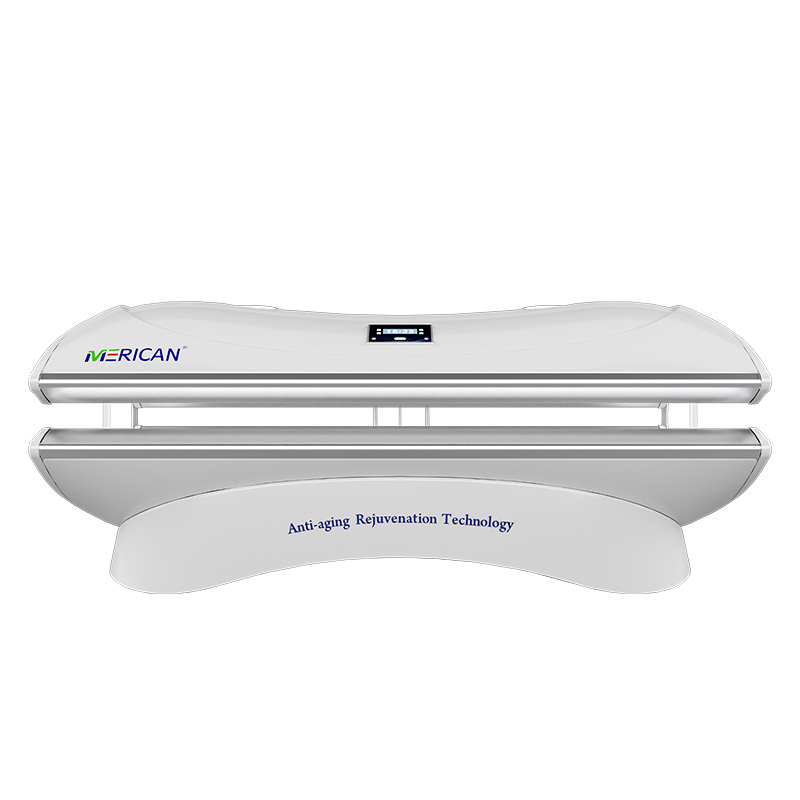Quando si immerge nell'affascinante mondo della terapia della luce, Potresti ritrovarti a grattarti la testa e chiedere, “Qual è la differenza tra terapia a infrarossi e luce rossa?"Entrambi i tipi di terapia della luce hanno proprietà e benefici unici che li rendono popolari nei circoli del benessere. COSÌ, Facciamo luce su questo argomento ed esplorino la luce rossa vs a infrarossi, che può fare per te!
Cos'è la terapia con luce rossa?

Terapia con la luce rossa ha guadagnato trazione negli ultimi anni, Soprattutto nelle industrie di bellezza e salute. Ma cos'è esattamente? La terapia con luce rossa utilizza una luce rossa a bassa lunghezza d'onda, in genere intorno 600 A 700 nanometri. Immaginalo come un accogliente bagliore da falò: dolce e invitante, Eppure senza il calore che può essere schiacciante. Fonti come dispositivi a LED e laser emettono questa luce, renderlo un punto fermo per una varietà di applicazioni, dalla cura della pelle al recupero muscolare.
Cos'è la terapia della luce a infrarossi?
Ora, spostiamo gli ingranaggi e diamo un'occhiata più da vicino luce a infrarossi. Questo tipo di luce ha una lunghezza d'onda più lunga, di solito tra 700 nanometri e 1 millimetro. Immaginalo come il calore invisibile che provi da un riscaldatore: comodo e rilassante ma non qualcosa che puoi effettivamente vedere! La luce a infrarossi è comunemente utilizzata nelle lampade di riscaldamento, Saune, e anche alcuni tipi di dispositivi terapeutici, Ma è anche pieno di benefici per la salute.
Differenze chiave tra luce rossa e luce a infrarossi
Ecco una tabella di confronto per la terapia con la luce rossa vs. terapia a infrarossi:
| Caratteristica | Luce rossa | Luce infrarossa |
| Lunghezza d'onda | 600-700 nanometri | 700 nanometri – 1 millimetro |
| Visibilità | Visibile all'occhio umano | Invisibile all'occhio umano |
| Profondità di penetrazione | Poco profondo, colpisce principalmente la superficie della pelle | Più profondo, penetra muscoli e tessuti |
| Effetti termici | Calore minimo | Genera calore per un rilassamento più profondo |
| Applicazioni comuni | Ringiovanimento della pelle, anti-invecchiamento, acne | Recupero muscolare, sollievo dal dolore, disintossicazione |
| Miglioramento dell'umore | Stimola la produzione di serotonina | Può migliorare il rilassamento e il benessere complessivi |
| Sicurezza | Generalmente sicuro con rischi minimi | Generalmente sicuro; Seguire le linee guida |
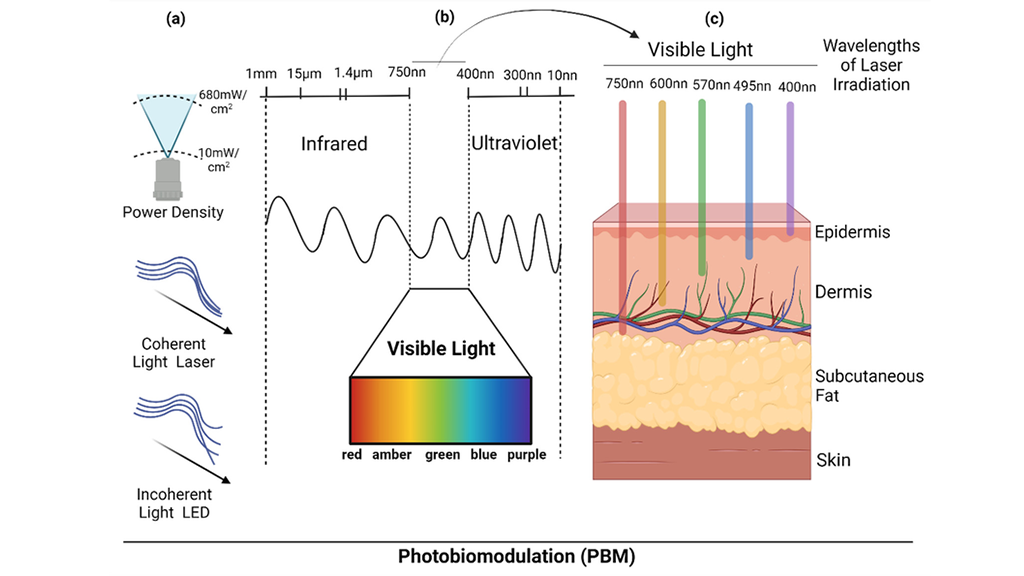
1. Confronto della lunghezza d'onda
Ecco dove le cose diventano un po 'tecniche, Ma appendi stretto! La differenza chiave nel dibattito della luce rossa vs. La luce a infrarossi si trova nelle loro lunghezze d'onda. La luce rossa è visibile all'occhio umano, mentre la luce a infrarossi non lo è. Questa distinzione gioca un ruolo cruciale nel modo in cui interagiscono con il tuo corpo.
Luce rossa, con la sua lunghezza d'onda più breve, colpisce principalmente la superficie della pelle. È come avere una brezza delicata che ti tocca il viso ma non penetra troppo in profondità. D'altra parte, La luce a infrarossi può penetrare più in profondità nei tessuti, rendendolo più efficace per il trattamento di questioni sottostanti. Pensalo come un massaggio delicato rispetto a un massaggio dei tessuti profondi: entrambi hanno i loro meriti, Ma ognuno ha uno scopo diverso.
2. Profondità di penetrazione
Una delle caratteristiche straordinarie della luce a infrarossi è la sua capacità di penetrare più in profondità nella pelle rispetto alla luce rossa. Mentre la luce rossa funziona principalmente in superficie, La luce a infrarossi si tuffa in profondità, Raggiungere i muscoli e le articolazioni. Questa caratteristica rende la terapia a infrarossi particolarmente benefica per coloro che si occupano di dolore cronico o tensione muscolare. Se la luce rossa è il trattamento della superficie delicata, L'infrarosso è la profonda guarigione restaurativa.
3. Effetti termici
Noterai anche che la luce a infrarossi genera più calore della luce rossa. Questo effetto di riscaldamento è eccellente per il rilassamento muscolare, Aiutare ad alleviare la tensione e il disagio. Al contrario, La terapia della luce rossa è più focalizzata sul ringiovanimento e la guarigione della pelle. È come se fuoriesce in un raggio di sole che si sente bene e caldo contro il coccole con una coperta accogliente che ti avvolge in calore.
4. Visibilità all'occhio umano
Hai mai provato a vedere la luce a infrarossi? Avviso spoiler: non puoi! È completamente invisibile a occhio nudo. Luce rossa, Tuttavia, è facilmente visibile e spesso usato in varie impostazioni per la sua atmosfera calmante. Pensa alla luce rossa come al tramonto vibrante, Mentre la luce a infrarossi è come il bagliore caldo che indugia molto tempo dopo il tramonto, sia bello a sé stante, ma sperimentato in modi diversi.
Benefici della terapia con luce rossa

1. Salute della pelle e anti-invecchiamento
COSÌ, Quali sono i benefici della terapia della luce a infrarossi, Soprattutto in relazione alla luce rossa? Per terapia con luce rossa, È un campione nel promuovere la produzione di collagene. Il collagene è la proteina che mantiene la nostra pelle ferma e giovane. Stimolando la sua produzione, La terapia con luce rossa aiuta a diminuire le linee sottili, Migliora la consistenza della pelle, e affrontare l'acne fastidiosa. È come premere il pulsante di aggiornamento sulla pelle, riportare quel bagliore giovanile!
2. Recupero muscolare e sollievo dal dolore
Se sei un atleta o solo qualcuno che ama rimanere attivo, La terapia con luce rossa può aiutare nel recupero muscolare. Riduce il dolore e accelera la guarigione, rendendolo un'ottima scelta post-allenamento. Immagina di tornare a casa dopo una lunga giornata di attività e sentire quei dolori e dolori lavare via mentre ti crogioli nel caldo bagliore della luce rossa.
3. Miglioramento dell'umore
Sentirsi un po 'giù? La terapia con luce rossa potrebbe semplicemente sollevare il morale. Il bagliore caldo può stimolare la produzione di serotonina, Spesso indicato come "ormone felice". Questa spinta può migliorare il tuo umore e il senso generale di benessere. È un pick-me-up naturale, Come una tazza di tè caldo in una giornata fredda!
Benefici della terapia della luce a infrarossi
1. Guarigione dei tessuti profondi
La luce a infrarossi brilla nella sua capacità di promuovere la guarigione dei tessuti profondi. Aumentando il flusso sanguigno e l'ossigeno ai tessuti, Aiuta a un recupero più rapido e nel sollievo dal dolore. Se hai mai avuto un massaggio con tessuto profondo, sai quanto ringiovanimento può sentirsi. Ora, Immagina quell'esperienza che accada attraverso il potere della luce! È come avere un balsamo rilassante per i muscoli, Proprio quando ne hai bisogno.
2. Circolazione migliorata
Un altro vantaggio significativo della terapia della luce a infrarossi è la sua capacità di migliorare la circolazione. Miglioramento del flusso sanguigno significa una migliore consegna di nutrienti e ossigeno in tutto il corpo, che può farti sentire più energico e vivo. È come dare al tuo corpo un piccolo salto, rinvigorire ogni cella!
3. Supporto al sistema immunitario
Con uso regolare, La terapia a infrarossi può anche supportare il sistema immunitario. La maggiore circolazione e disintossicazione aiutano a mantenere il corpo funzionante in modo ottimale. Pensalo come a invio di rinforzi per aiutarti in salute e pronto ad affrontare la giornata!
Scegliere tra luce rossa e luce a infrarossi
COSÌ, che è meglio: terapia con luce rossa o infrarossi? La risposta dipende davvero dalle tue esigenze. Se ti stai concentrando sulla salute della pelle e sui problemi superficiali, La luce rossa è il tuo go-to. Tuttavia, Per preoccupazioni dei tessuti più profondi e recupero muscolare, L'infrarosso potrebbe essere l'opzione migliore. Riguarda ciò che stai puntando a raggiungere.

Scopo dell'uso
Prima di immergersi, Chiediti cosa speri di ottenere. Che si tratti di cura della pelle o di recupero muscolare, Il tuo obiettivo può aiutare a determinare quale luce è la migliore per te. Ad esempio, Se vuoi ridurre le rughe e migliorare l'elasticità della pelle, La terapia con luce rossa probabilmente ti servirà meglio. Ma se hai a che fare con dolori articolari o infiammazione cronica, L'infrarosso può essere la risposta.
Zona di trattamento
Considera dove applicherai la terapia. Per aree più grandi o tessuti più profondi, La luce a infrarossi potrebbe darti il miglior branco per il tuo dollaro. Se stai prendendo di mira aree specifiche come il tuo viso o altra pelle delicata, La luce rossa potrebbe essere il tuo migliore amico.
Considerazioni sulla sicurezza
Mentre entrambe le terapie sono generalmente sicure, Ci sono alcune precauzioni da tenere a mente. La sovraesposizione può portare all'irritazione della pelle, Quindi è fondamentale seguire le linee guida e consultare un operatore sanitario se non sei sicuro. Dai la priorità sempre al tuo benessere!
Per uso domestico, Assicurati di scegliere dispositivi da marchi affidabili e aderire ai tempi di utilizzo consigliati. La tua pelle e il tuo corpo ti ringrazieranno!
Conclusione
Nel dibattito sulla luce rossa vs. luce a infrarossi, Entrambi hanno i loro vantaggi e applicazioni uniche. Comprendere le loro differenze ti consente di scegliere la terapia giusta per le tue esigenze. Sia che tu stia cercando di ringiovanire la tua pelle o curare i tessuti profondi, Light Therapy offre un potenziale incredibile per migliorare il tuo viaggio benessere. Quindi perché non esplorare queste opzioni luminose e trovare ciò che funziona meglio per te?
Domande frequenti
1. Posso usare la luce rossa e la luce a infrarossi insieme?
Assolutamente! Molte persone scoprono che combinare entrambe le terapie può migliorare i loro benefici e fornire un trattamento più completo.
2. Quante volte dovrei usare la terapia di luce rossa o a infrarossi?
Varia per individuo, ma generalmente, 3-5 i tempi alla settimana sono un buon inizio per la maggior parte delle persone. Ascolta il tuo corpo e regola se necessario!
3. Ci sono effetti collaterali?
Anche se raro, Alcuni individui possono sperimentare lieve irritazione o sensibilità della pelle. È meglio iniziare lentamente e osservare come reagisce il tuo corpo.
4. Quali dispositivi sono consigliati per l'uso domestico?
Cerca marchi affidabili con buone recensioni. Pannelli a LED, dispositivi portatili, e le saune a infrarossi sono scelte popolari, ognuno che offre diversi vantaggi.
5. I bambini possono usare queste terapie?
Consultare sempre un pediatra prima di iniziare qualsiasi terapia per i bambini. La sicurezza viene prima, Soprattutto quando si tratta di giovani!


